Nestled along the Elbe River, Hamburg is Germany’s second-largest city and a treasure trove of commerce and culture, hosting the headquarters of notable giants like Airbus, Mont Blanc, and Steinway Pianos. Hamburg is often referred to as the Venice of the North, the city’s economic strength is matched by its architectural and cultural richness offering remarkable tourist attractions for all kinds of visitors.
The cityscape of Hamburg is uniquely defined by an extensive array of bridges, inviting curiosity about how many bridges in Hamburg exist. The count is remarkably higher than the combined total of bridges in Amsterdam, Venice, and London, making the Hamburg bridges a prominent feature and a symbol of the city’s distinctive charm.
For anyone exploring things to do in Hamburg, the city unfolds a myriad of attractions. It’s a place where the vibrancy of urban life melds seamlessly with scenic beauty, offering a rich tapestry of history, culture, and picturesque landscapes waiting to be discovered.
As you plan your itinerary, don’t forget to include the breathtaking Hamburg bridges, each telling its own story and contributing to the city’s unique skyline
1. Discover the Elbphilharmonie in Hamburg’s Hafen City
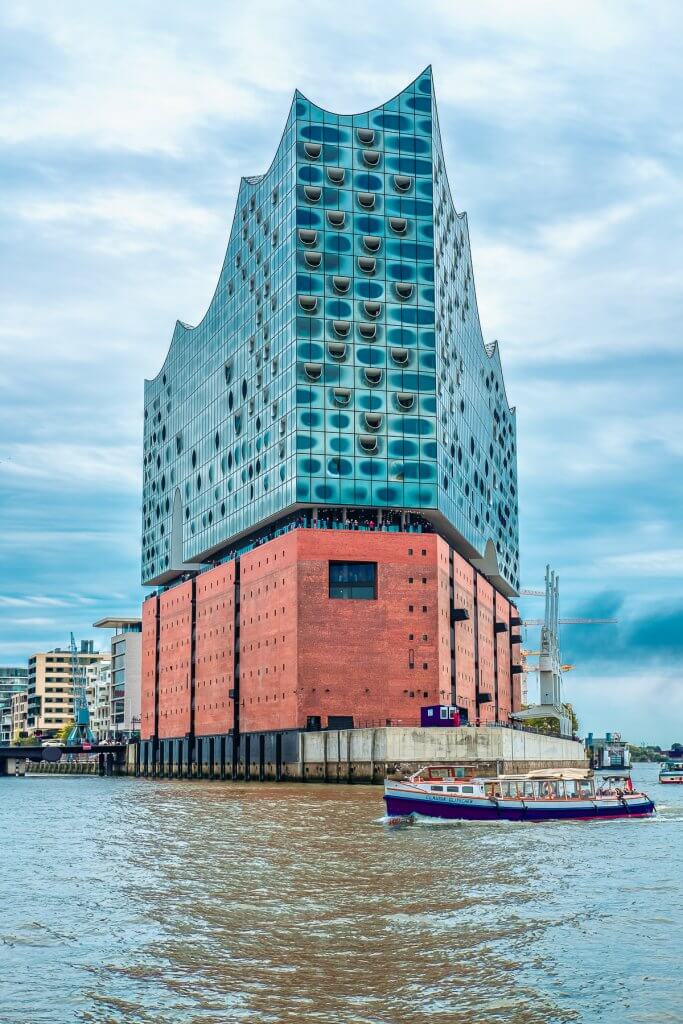
Elbphilharmonie is an iconic landmark built in 2017 in the shape of a hoisted sail on top of an old warehouse. With a cost of a little bit over 1 billion Euros, Elbphilharmonie is one of the most expensive buildings in the world.
There is a curved escalator from the main entrance to a 360o observation deck with an amazing view where you can easily see the old and the new city of Hamburg! What is better than that? To enjoy Beethoven or Mozart or any of the available concerts that are taking place in this magnificent building!
2. Explore the Wonders of the International Maritime Museum of Hamburg

The Maritime Museum of Hamburg is the largest private navy museum in the world. You will find a very big collection of exhibits in the 16000 square meters museum. We may still know so less about the oceans and this museum will remind us of where humankind started to explore them and what tools were used.
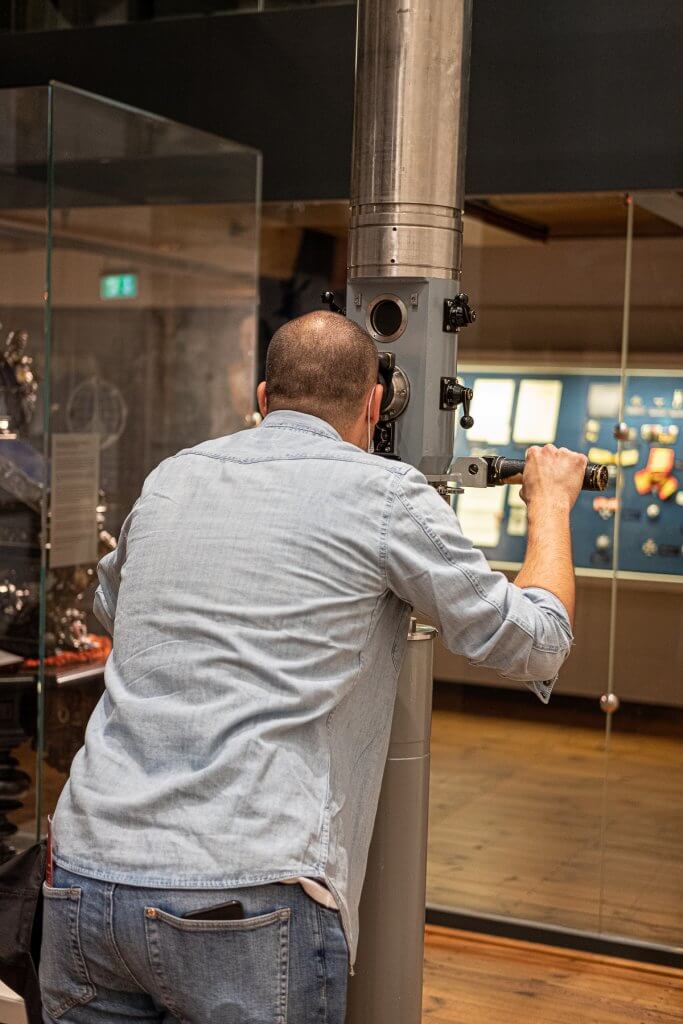
It displays the navy history of 3000 years with replicas or original items of incredible value like «Atlantis Majoris», the first Atlas that was ever printed. World War II is a big part of our recent history and having the Enigma as an exhibit is pretty much important for the museum while realistic sounds from sonars put the visitors in the mood of the times.

Since 2013 museum has owned its own highly sophisticated ship simulator. Kids and grown-ups will be able to experience how is to be a captain in a container ship and the difficulties that come with it. It was constructed for training lessons so obviously is not a toy! Before your visit check the original International Maritime Museums of Hamburg website to find out the days that the simulator is available.
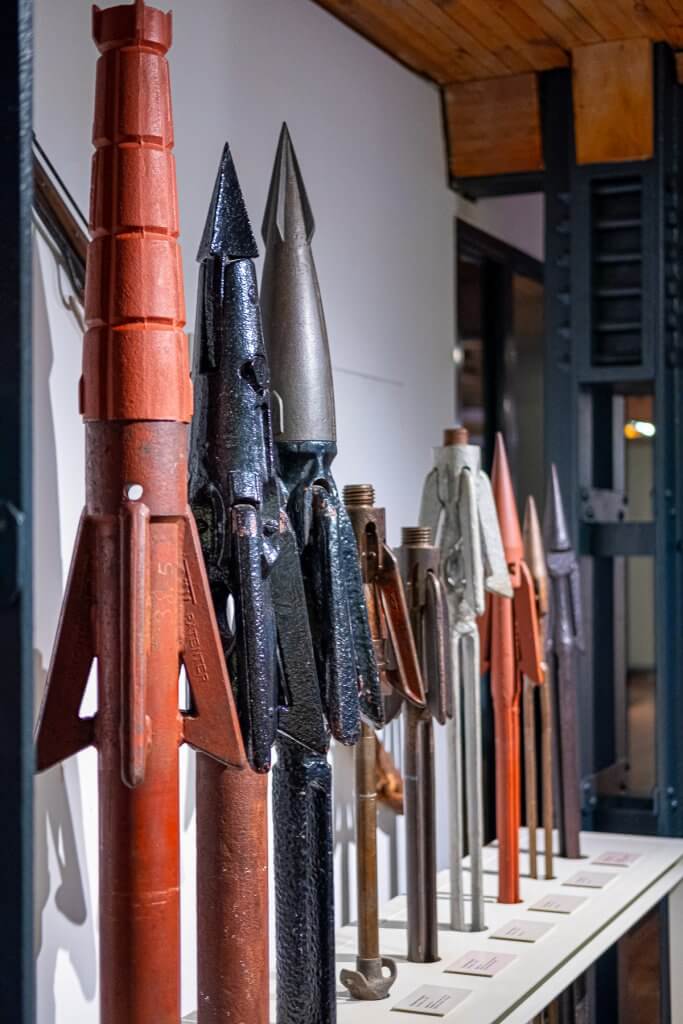

3. Miniatur Wunderland – A Must-See Attraction in Hamburg

The Miniature Wonderland attracts more than a million visitors every year around 3000 per day! A museum different than anything else that you may have visited until now. Wunderland has the largest model railway in the world with 300 trains and small surprises hidden everywhere!
The exhibits are recreations of recognized infrastructure units around the world. They are characterized by their high quality and the emphasis on detail. The fact that they are miniature makes them neither cheap nor easy to make. Hamburg’s Elbphilharmonie model took 1 year to be built and cost 350 thousand euros!
Take care and plan your visit a couple of weeks in advance. The queue lines are long and if you go without an online ticket you may even have to wait for 3 hours. Fortunately, the Miniatur Wunderland website uses an efficient system to distribute visitors from 7.00 am to 2 a.m.
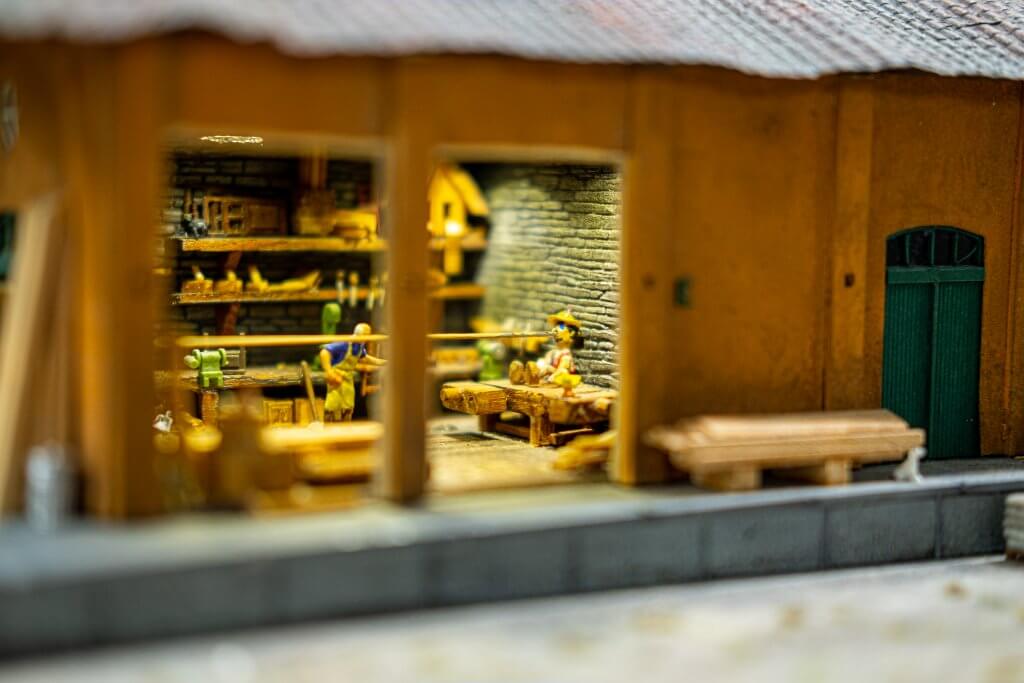
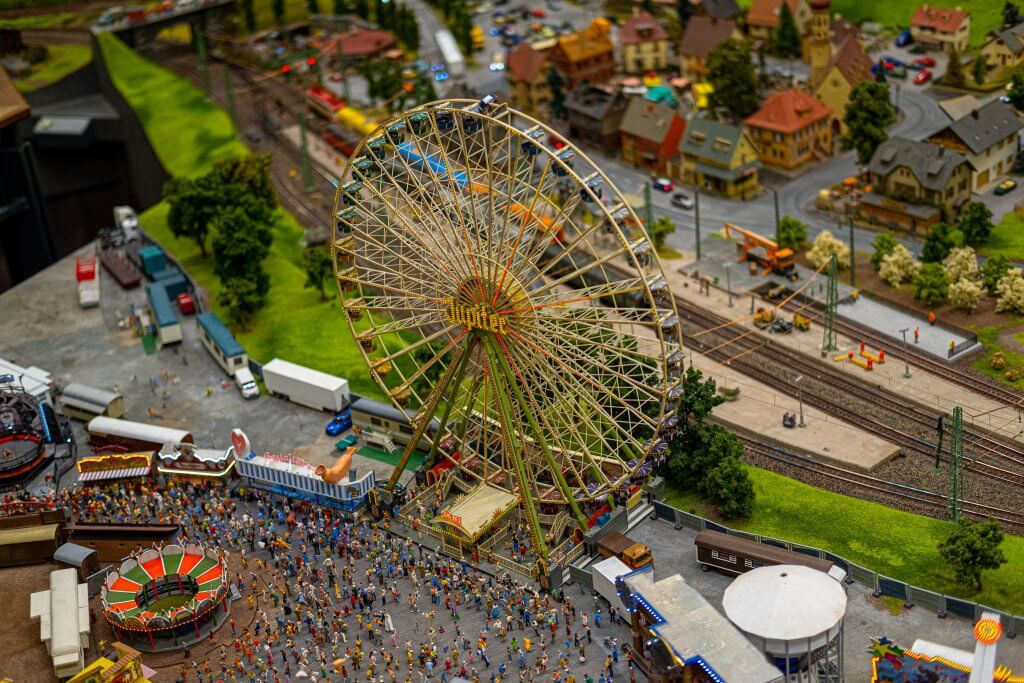
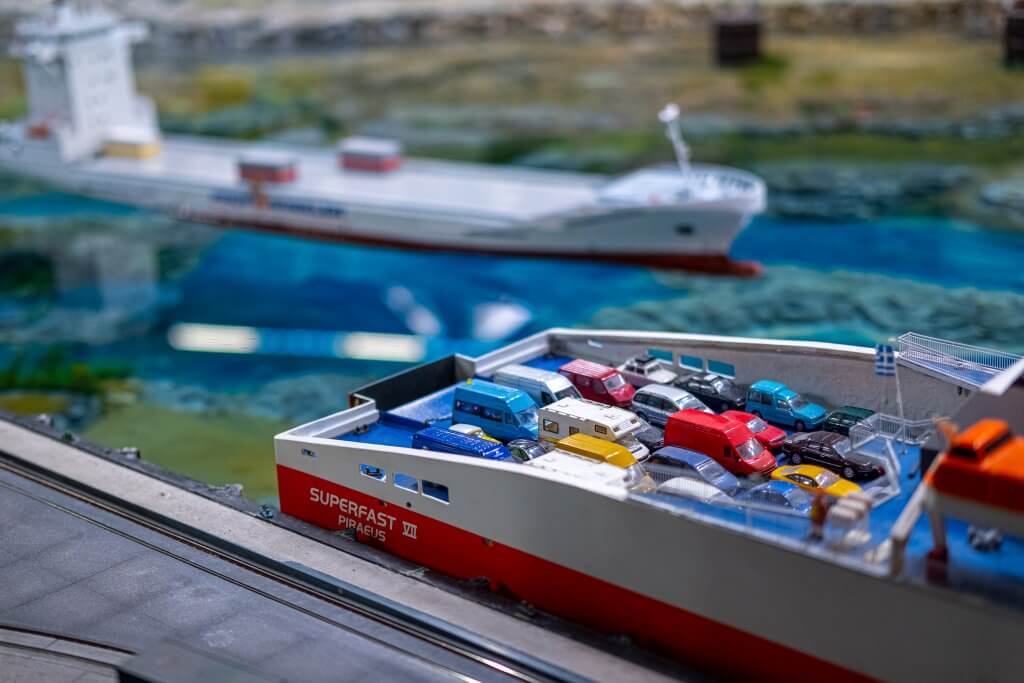


4. Embark on a Heligoland Island Adventure
Heligoland is one square km, red rock with 1500 citizens, in the middle of the North Sea. It is Germany’s only high sea island 50 kilometers from the mainland.
A small island but with a long history of pirates, traders, and navies that you can discover in the Heligoland museum. After the bombing in World War II, the community rebuilt the once uninhabitable Heligoland in 1951.
The trip from Hamburg and Helgoline catamaran will cost you around 100€ more or less allez retour. Do not book outside deck if you do not want to freeze!!! It is a little bit long and expensive but all the goodies come at a cost!
Many of the visitors, which are around 3000 per day stay just for the day and return in the afternoon. We strongly advise you to spend the night there and discover everything that this small island has to offer.
At your arrival, you will pass from the colorful lobster huts and then you will walk across the seafront. Walk up to Oberland and follow the cliff path and take amazing photos of the Lange Anna, the tall Anna. A freestanding red (what else) rock, the landmark of Heligoland. It is an amazing spot for nature lovers as a little bit further you will find the Lummenfelsen the smallest nature reserve and home of the guillemots!
The super tip for drinkers and smokers is that Heligoland is a duty-free area! Enjoy your shopping in Lung Wai Street!
5. Chilehaus: A UNESCO World Heritage Treasure in Hamburg

The Chilehaus building’s unique architecture is sure to leave you in awe. Designated as a UNESCO World Heritage site in 2015, this structure stands as a prime example of 1920s brick Expressionism.
Constructed shortly after World War I, Chilehaus holds significant historical importance, symbolizing Hamburg’s economic resurgence during that period. The building, masterfully designed by architect Fritz Höger, was commissioned by a trader with strong ties to Chile, hence its name.
Resembling the prow of a ship, Chilehaus stands out as one of the world’s most fascinating structures. Its distinctive shape makes it an irresistible spot for photography enthusiasts, offering captivating scenes both day and night.
6. Speicherstadt Area: Exploring Hamburg Bridges and Historic Warehouses

UNESCO awarded Speicherstadt as a World Heritage in 1991 as well. It is the photographic gem of the city and the largest warehouse complex in the world. It is built on the small islands on the Elbe River in a Neo-Gothic red-brick outer layer style.
The construction started in 1881 while 20.000 people were living in the Speicherstadt area and they had to relocate and lose their land. The warehouses had entrances from both the river and the streets and now they serve mostly as touristic attractions. Here you will find the German Customs Museum and the Miniature Wonderland!
While exploring the historic Speicherstadt area, take a moment to admire the intricate network of Hamburg bridges that connect this storied warehouse district with the rest of the city.
7. U434 Tango Class Submarine: Dive into History

Have you ever been inside a submarine? Did you like Cold War spy movies like Red October with Sean Connery at the beginning of the 1990s? In Hamburg, you will have the chance to experience and imagine how life was inside a Soviet Union submarine. One of the 18 diesel-electric Tango class U434 submarines that were ever built in the 1970s is lying in Hamburg serving as a museum.

No more than 10 U-boats are working as museums around the globe so obviously this is a quite good opportunity to visit one!
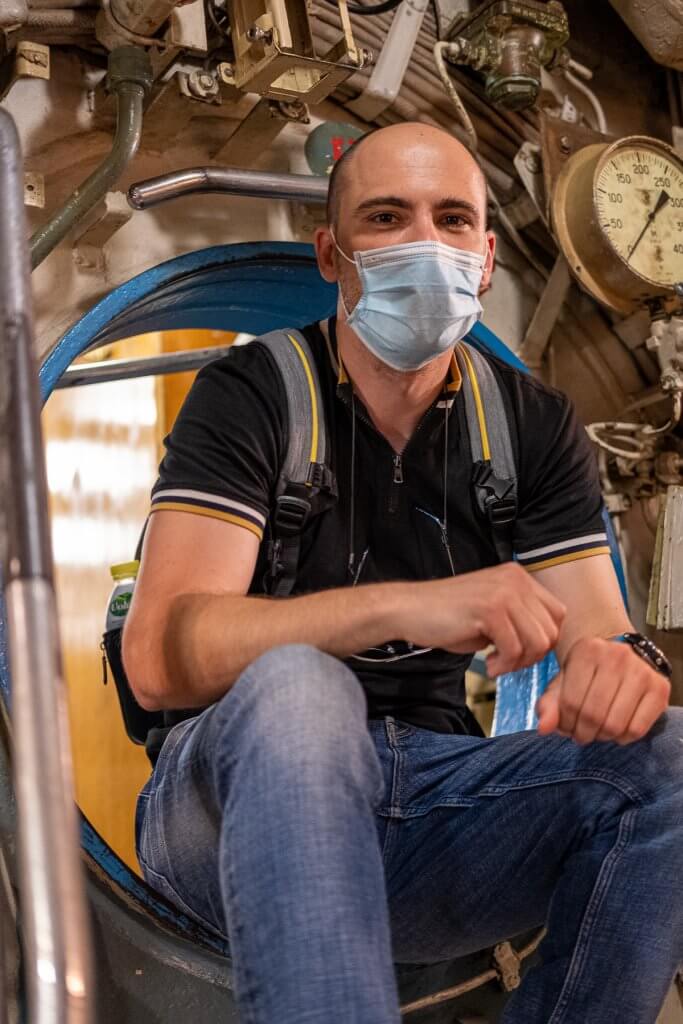
8. The Quaint and Picturesque Blankenese District

Blankenese district is a unique area in Hamburg and probably one of the most expensive in Germany. A mixture of Scandinavia and Mediterranean landscapes with beautiful houses and villas lying on Elbes riverside among trees and colorful flowers!
The view of the Elbe’s traffic with the huge boats passing 24/7 proves why Hamburg’s harbor is one of the biggest in the world. When the water level is low you can also see the “UWE” boat. A shipwreck on the river’s bank since the 1950s.
If your pocket affords it, do not miss visiting Süllberg Castle. On top of the hill, the castle offers an amazing view and hosts a gourmet restaurant and a hotel!

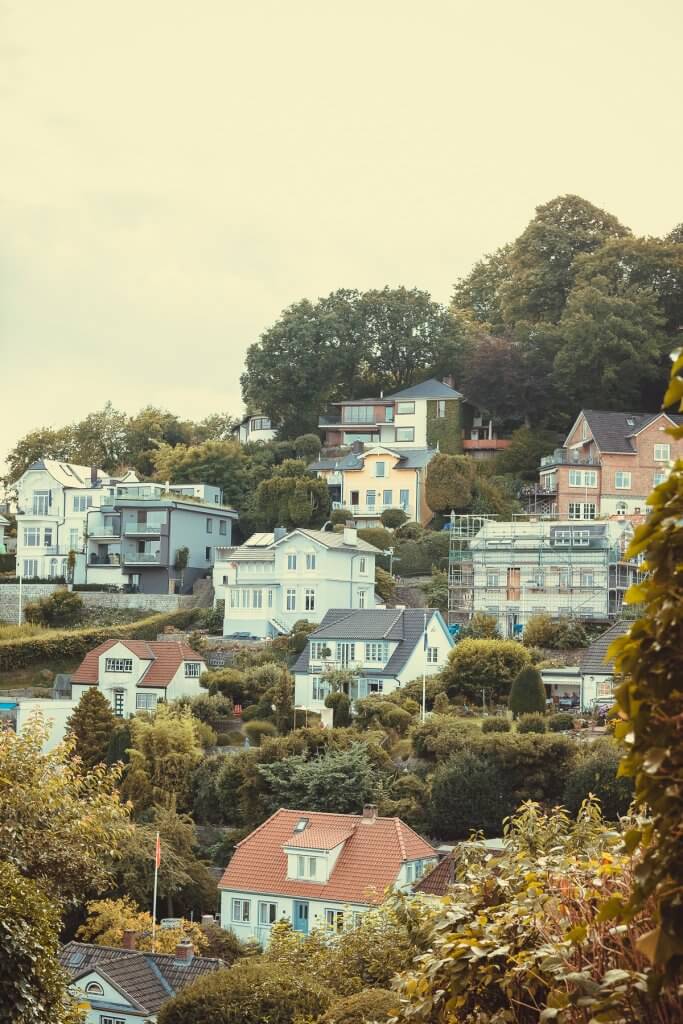
9. St. Michael’s Church: Panoramic Views of Hamburg Bridges

Saint Michael is the most famous church not only in Hamburg but in entire Germany. It is dedicated to the archangel Michael whose statue is in the main gate conquering the devil and has 2500 seats making it the largest temple in Hamburg. It is the biggest German Protestant church in Baroque style. The church was built in 1786 and is one of the not many temples that were originally constructed for that purpose.
The tower, boasting Germany’s largest clock, historically served as a navigational reference point for sailors on the Elbe River. The church underwent rebuilding twice, once after the catastrophic fire in 1906 during maintenance works, and again following the bombings of World War II.
From the towering heights of St. Michael’s Church, you’ll have a spectacular view of the city, including the famed Hamburg bridges, which are a testament to the city’s architectural prowess and maritime heritage.
The view from the belfry is outstanding both in the daylight and during the night. The church offers you two different options for your visit. You can obtain the day ticket or the evening ticket regarding what version you want to enjoy.


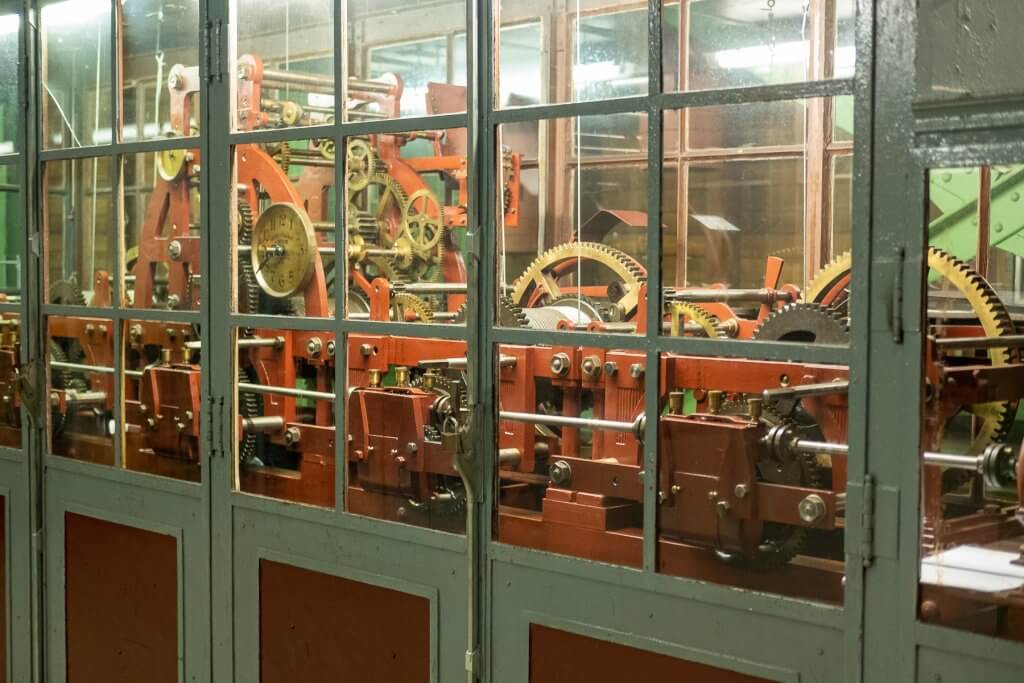
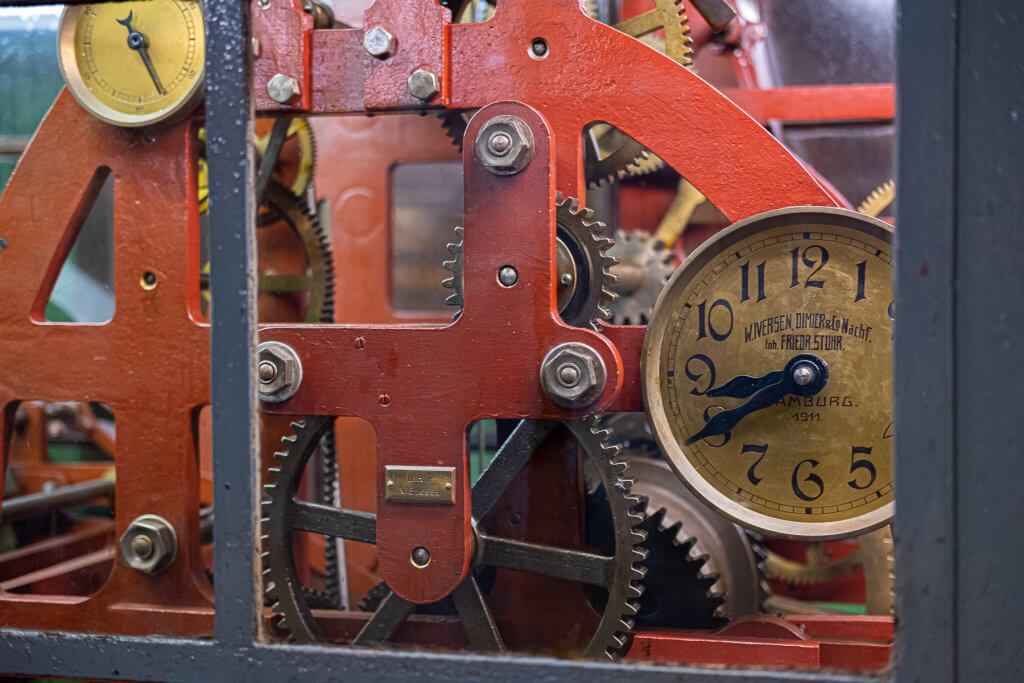
10. Experience Hamburg’s Nightlife – Vibrant and Diverse
Hamburg is famous for its nightlife which brings tourism to the city from all over Germany and the surrounding countries. vis probably the best place to experience Hamburg’s nightlife.
There are pubs with live music, clubs with a dancefloor, bars just for chilling out, and many kinds of music. Rock, pop, electronic, and so on. All the clubs are within walking distance to each other so you will never stack somewhere if you do not like it.
Here you will also find the famous Hamburg red district where the unwritten rule is that women cannot visit. It is full of strip clubs, sex shops, and whatever you can imagine!
After a crazy, Saturday party in Reeperbahn there is one more thing that you NEED to do!
11. Breakfast at Hamburg’s Fish Market: A Local Tradition
The tradition is after clubbing to walk until the fish market. The market opens at 5.00 am in the wintertime (starting from the 15th of November) and from 6.00 am in the summertime (starting from the 15th of March) and closes just before the Sunday church.
Apart from the delicious fresh fish and fish sandwiches, the market offers wursts and waffles for breakfast while there is a live band playing in the background. This Sunday morning will be memorable!!
As your journey in Hamburg comes to an end, reflect on the beautiful memories you’ve created and the iconic Hamburg bridges you’ve crossed, each adding a unique rhythm to the melody of this vibrant city

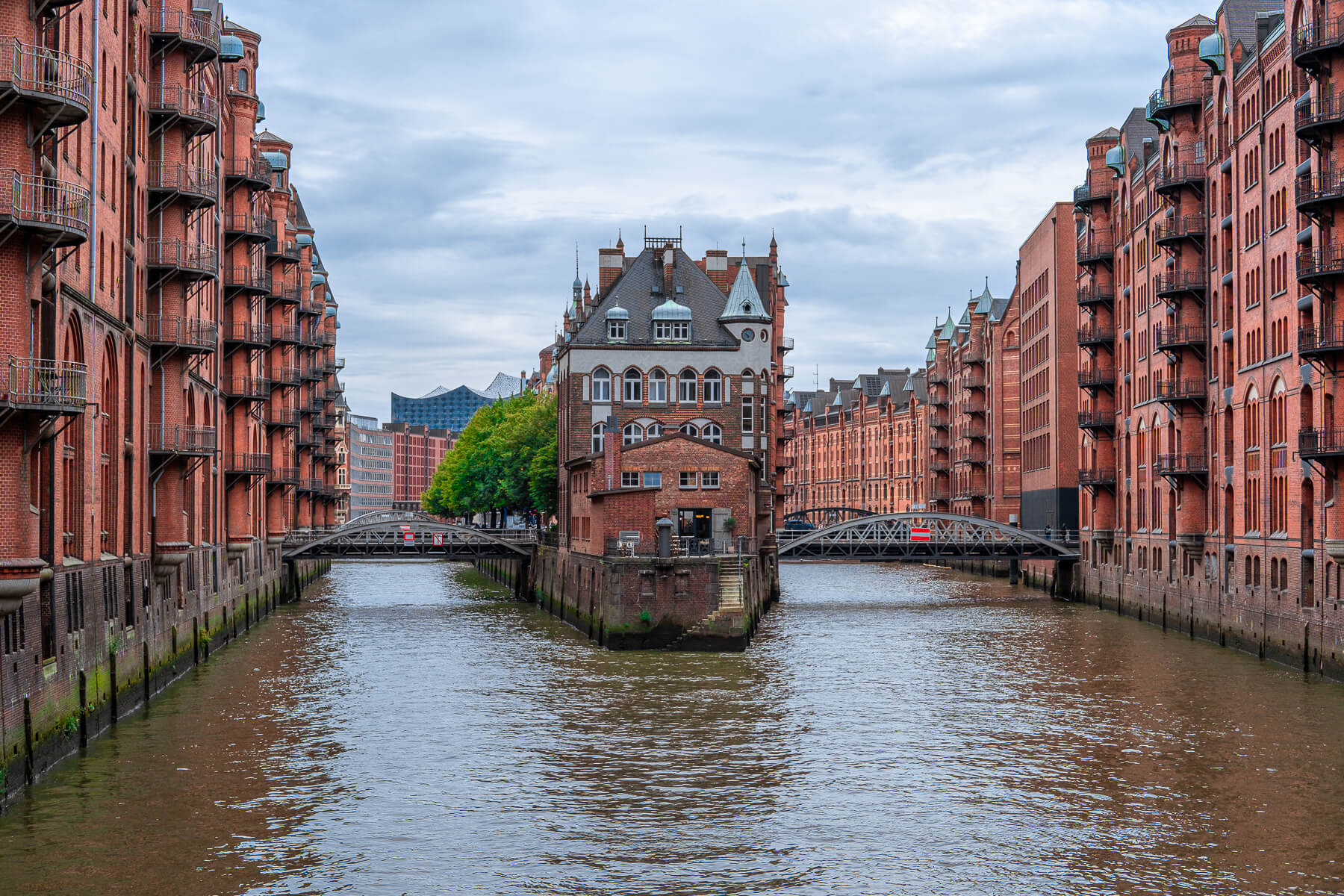



Leave a reply